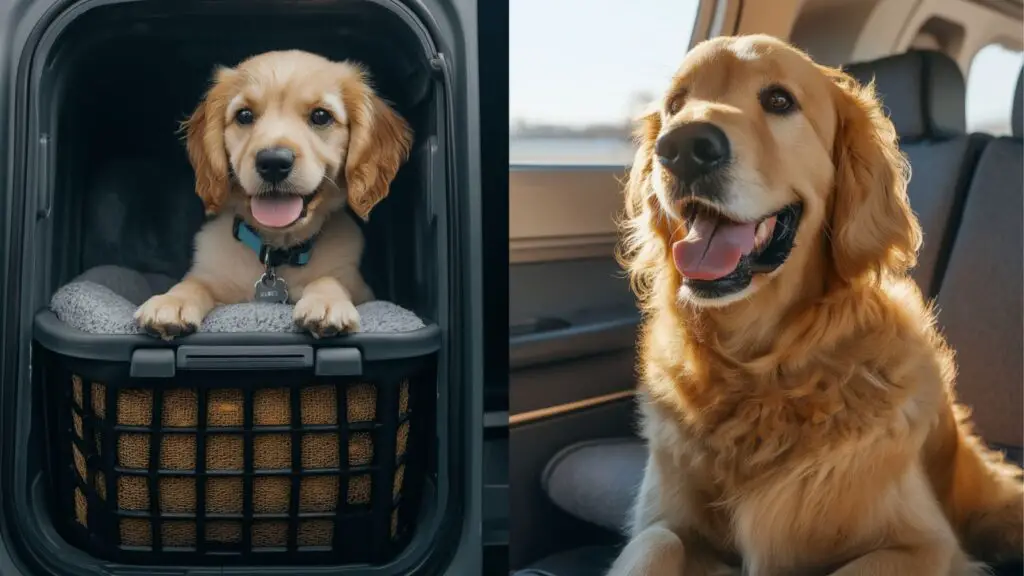Traveling with Pets: 10 Stress-Free Tips for Road Trips and Flights That Actually Work
Table of Contents
Introduction
Traveling with pets can be both exciting and overwhelming. According to the American Pet Products Association, 70% of U.S. households own a pet, and more than 78% of pet owners consider their animals part of the family—so it’s no surprise that many travelers want to bring their pets along.
But whether you’re flying cross-country or heading out on a long road trip, taking your pet on the road adds an extra layer of planning. From airline regulations to pet anxiety and travel gear, ensuring a smooth experience requires preparation.
This guide breaks down 10 essential, stress-free strategies for pet-friendly travel. You’ll learn how to prepare your pet for the journey, minimize stress, and stay compliant with regulations—whether you’re driving or flying. These practical tips will help make the experience more enjoyable for both you and your four-legged companion.
In-Depth Outline
1. Choose the Right Travel Method for Your Pet
- Compare comfort levels for road trips vs. flights
- Consider your pet’s breed, age, and anxiety level
- Small pets may be better suited for in-cabin flying
- Larger pets often fare better in cars or RVs
- Talk to your vet before booking flights
Table: Travel Mode Comparison by Pet Type
| Pet Type | Best Travel Option | Key Considerations |
| Small Dogs/Cats | In-cabin flight | Crate size, airline rules |
| Large Dogs | Road trip | Space, breaks, crate setup |
| Senior Pets | Road trip (short) | Stress, motion sickness risk |
2. Understand Airline and Hotel Pet Policies
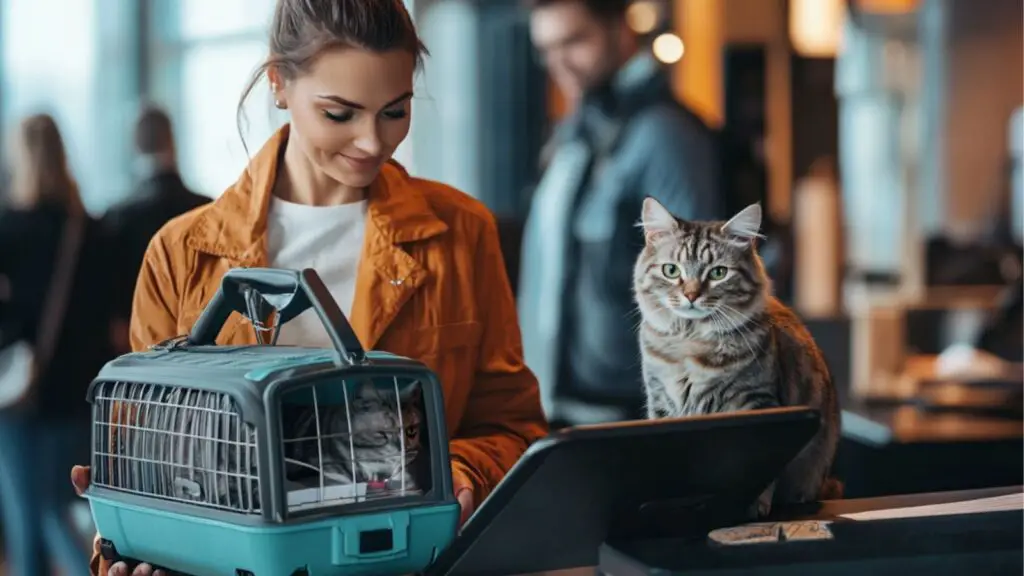
- Check airline pet fees, carrier dimensions, and documentation
- Verify breed restrictions (especially brachycephalic breeds)
- Look for pet-friendly hotels with no extra fees
- Call ahead to confirm pet policy, even with online booking
- Consider extended-stay hotels for more space
Table: Major U.S. Airline Pet Policy Snapshot
| Airline | In-Cabin Fee | Pet Size Limit | Notable Restrictions |
| Delta | $95 | 20 lbs (incl. carrier) | No snub-nosed breeds |
| Southwest | $95 | 18.5″x8.5″x13.5″ | Only small pets allowed |
| American | $125 | 20 lbs | Limit of 7 pets per flight |
3. Prep Your Pet with Practice Runs
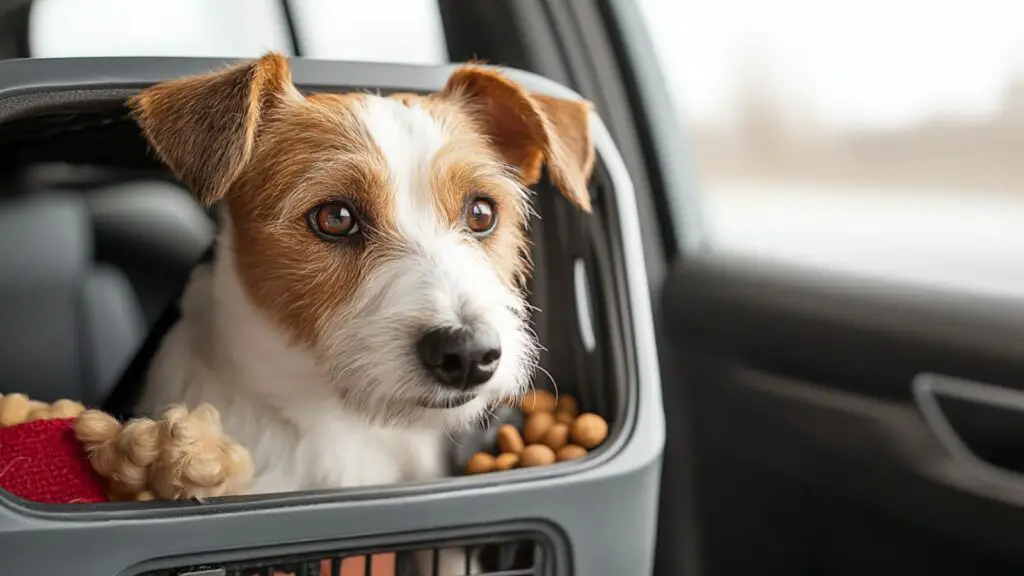
- Take short car rides before a road trip
- Let pets get used to carriers/crates weeks in advance
- Use positive reinforcement (treats, toys)
- Gradually increase travel duration to build tolerance
- Consider pet-safe calming products if needed
Table: Carrier Training Timeline Example
| Week | Activity | Goal |
| 1 | Feed pet inside open carrier | Positive association |
| 2 | Close door briefly during feeding | Build comfort with enclosure |
| 3 | Carry pet around in carrier | Get used to motion |
| 4 | Simulated travel (car/train) | Reduce anxiety |
4. Pack a Dedicated Pet Travel Kit
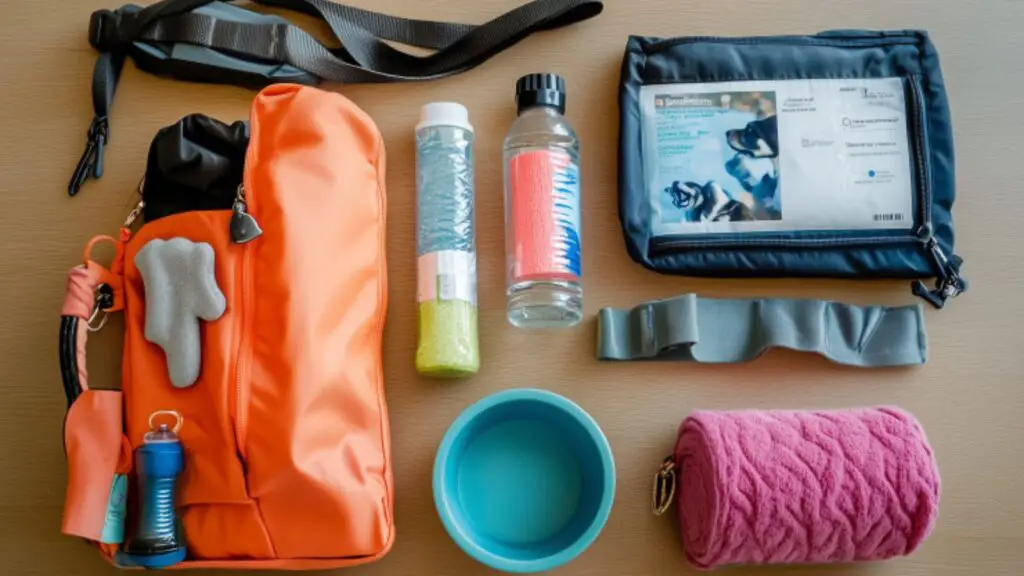
- Essentials: food, bowls, leash, poop bags, ID tags
- Don’t forget health records and any prescriptions
- Bring comfort items like a blanket or toy
- Collapsible bowls save space and weight
- Include grooming wipes and a lint roller
Table: Must-Have Pet Travel Items
| Item | Purpose | Notes |
| Collapsible bowls | Water and food | Lightweight and compact |
| Health documents | Airline/hotel compliance | Print and digital copy |
| Favorite toy/blanket | Comfort and familiarity | Reduces travel stress |
5. Plan Rest Stops and Overnight Stays in Advance
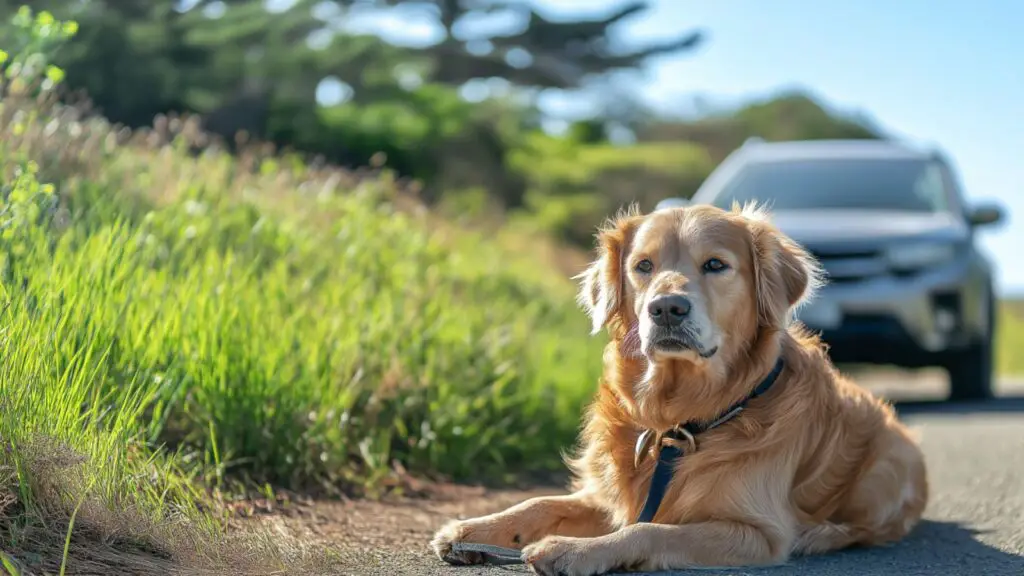
- Research pet-friendly rest areas and parks
- Avoid hot pavement during potty breaks
- Book pet-friendly hotels with easy outdoor access
- Limit drive times to allow breaks every 2–3 hours
- Use apps like BringFido and AllTrails
Table: Pet Road Trip Stop Checklist
| Stop Type | Purpose | Frequency |
| Rest area | Bathroom, walk, hydration | Every 2–3 hours |
| Overnight | Sleep, extended breaks | Max 8 hours/day |
| Park | Exercise, sniff breaks | Midday/afternoon |
6. Secure Pets Safely During Travel
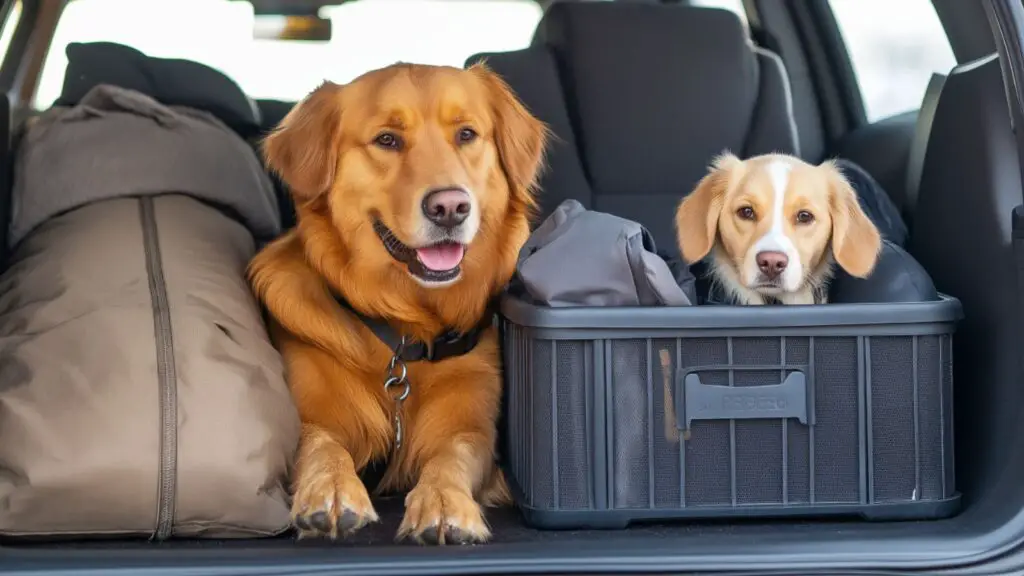
- Use crash-tested crates or harness seat belts
- Never let pets roam loose in the car
- In-cabin flyers: secure soft-sided carrier under the seat
- Avoid sedatives unless prescribed
- Keep windows closed or only slightly cracked
Table: Travel Safety Gear Comparison
| Gear Type | Best For | Safety Rating | Notes |
| Crash-tested crate | Road trips | High | Best for large dogs |
| Pet seatbelt harness | Medium/large dogs | Moderate | Easier setup in vehicles |
| Airline-approved soft carrier | Small pets | High for flights | Under-seat fit required |
7. Feed and Hydrate Strategically
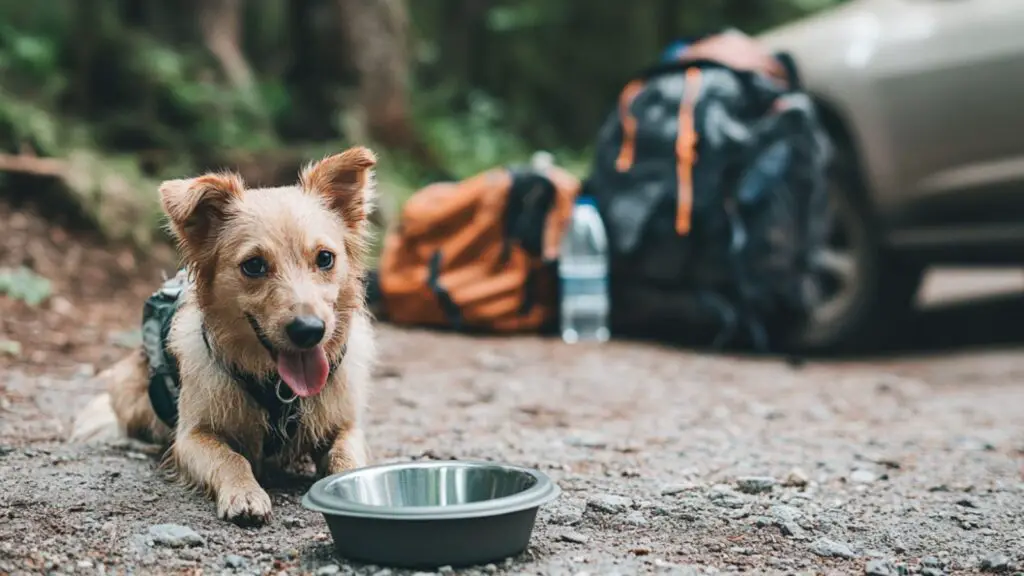
- Feed pets at least 3 hours before travel
- Limit food during transit to prevent nausea
- Bring bottled water to avoid unfamiliar sources
- Use spill-proof travel bowls
- Offer ice cubes or small sips if pets are nervous
Table: Feeding Schedule for Travel Days
| Time Before Travel | Action | Why |
| 3–4 hours | Full meal | Avoid travel nausea |
| 1 hour | Light water or snack | Keep hydrated |
| In transit | Minimal water, no food | Prevent upset stomach |
8. Know the Rules for International Travel with Pets
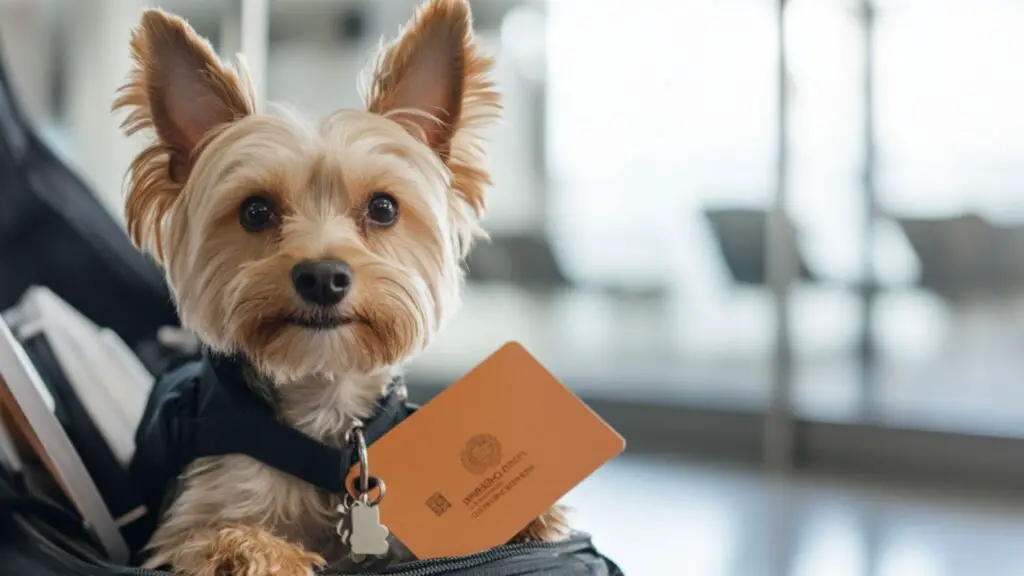
- Microchipping often required
- Rabies vaccinations and health certificates needed
- Quarantine laws vary by country
- Check USDA Pet Travel site and country-specific regulations
- Begin prep at least 30–60 days in advance
Table: Key Requirements by Destination
| Country | Health Certificate | Quarantine | Other Notes |
| UK | Yes | No | Tapeworm treatment required |
| Australia | Yes | Yes (10 days) | Rabies titer test needed |
| Mexico | Yes | No | No quarantine, but inspection |
Content Expansion
1. Choose the Right Travel Method for Your Pet
The best travel method for your pet depends on their size, temperament, and medical needs. For example, small dogs and cats often travel comfortably in-cabin on flights, while large dogs may be too big for airline restrictions and do better in a road trip environment.
In-cabin travel is only allowed for pets under a certain weight (typically 20 lbs including the carrier), and they must remain inside a soft-sided, airline-approved carrier. If your pet is calm and crate-trained, this can be a smooth process. However, brachycephalic breeds (like pugs and bulldogs) are more prone to respiratory issues, making air travel riskier for them.
Road trips offer greater flexibility, especially for medium to large dogs. They allow for frequent breaks, a more familiar environment, and easier access to your pet. If your pet gets car sick or anxious, consult your vet about solutions like anti-nausea medication or calming aids.
Travel Mode Comparison by Pet Type
| Pet Type | Best Travel Option | Key Considerations |
| Small Dogs/Cats | In-cabin flight | Crate size, airline rules |
| Large Dogs | Road trip | Space, breaks, crate setup |
| Senior Pets | Road trip (short) | Stress, motion sickness risk |
Choosing the right mode of travel will not only ensure your pet’s safety and comfort but also reduce your own travel stress.
2. Prep Your Pet with Practice Runs
If your pet isn’t used to travel, it’s crucial to acclimate them gradually. Sudden exposure to car rides, airports, or confinement in a carrier can trigger anxiety and even health issues. Training helps reduce these risks.
Start with short sessions—feed your pet in their crate or carrier and leave the door open. Slowly progress to closing the door, carrying them in it, and taking short trips around the block. Praise and reward them with treats to build a positive association.
For car travel, make short neighborhood drives a weekly habit. Turn on the ignition, play soft music, and offer treats or toys. Increase the duration over time to build your pet’s tolerance for longer journeys.
Carrier Training Timeline Example
| Week | Activity | Goal |
| 1 | Feed pet inside open carrier | Positive association |
| 2 | Close door briefly during feeding | Build comfort with enclosure |
| 3 | Carry pet around in carrier | Get used to motion |
| 4 | Simulated travel (car/train) | Reduce anxiety |
Pets that are confident in their carriers and comfortable in vehicles are far less likely to exhibit stress behaviors like whining, panting, or vomiting on travel days.
Conclusion
Traveling with pets doesn’t have to be stressful. With the right planning, gear, and mindset, you can create a safe, comfortable experience for your furry friend—whether you’re road-tripping across the country or boarding a cross-continental flight. From carrier training to travel kits, these practical tips empower you to navigate the journey with ease and confidence. A little preparation goes a long way in making your pet feel at home, no matter where you’re headed.


